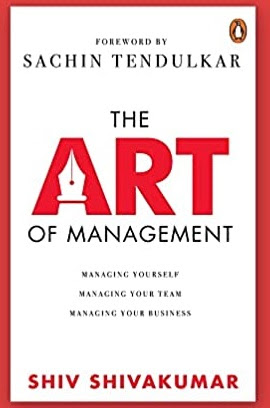Organizing self-managing Time
(Execution Excellence -"Ability to get things done" Series)

We have discussed the importance of personal leadership or organizing self to improve the execution capability.
Let us discuss one of the essential elements of self-organizing, which is "Time Management."
We have discussed many aspects of time management in the earlier discussion; let us understand how managing time will impact getting things done at the workplace.
Managing Time should be looked at from two angles.
1) How do we organize our Time for ourselves;
2) How do we organize our Time for others
How we organize our Time for ourselves
It consists of planning our priorities/activities, making a To-do list, being on time for any events or meetings, and being aware of our Time wasters.
How we organize our Time for others
It consists of how we respect others' Time, keep our commitments up without follow-up or reminders from others and be available for others when needed.
Let us discuss all aspects, and the critical, fundamental conduct for any professional is "Being on Time" or "being punctual."
In childhood, we used to be punctual in school as an act of obedience or control from teachers and parents, and somehow we have not learned the basics behind it.
Fortunately, i learned the science behind "being on time" from the beginning of my career. As most of us are aware that TVS as an organization is very specific about being on Time (punctual). They differentiated themselves from others in their bus service business by punctuality when they started the company in the 1910s in the southern part of Tamil Nādu.
When i was working as a trainee in TVS, one day, i went for a learning session late by a minute or less. All my colleagues were inside the room, and then the Vice president sarcastically greeted me as welcome mappillai! (meaning bridegroom). I felt embarrassed and shamed. After the session, i asked him why he was so concerned about being less than 1 minute late. What he said was real learning. He said, "It is not a matter of one minute late, it shows how you look at your work, event, and other people's time. It reflects your attitude".
Very profound learning for me. Since then, i have never been late to any event by plan, and i will keep informing people when unforeseen circumstances beyond my control pull me to be late.
While growing up, i observed that many people who keep up on Time are cool, handle situations calmly, consistently grow, and lead a quality life. Quality of life starts with the right attitude toward managing Time.
In my consulting experience,i have seen a typical pattern that the leaders who arrive at the organization on Time and start the meeting on time relatively manage the business well in any circumstances. Because they set the tone of their attitude towards Time to others, the organization follows them. The first step towards execution!
When you organize well, obviously, you will get things done efficiently.
Let us discuss some more aspects of time management next week.








